A Pale View of Hills

Kei Ishikawa’s adaptation of Kazuo Ishiguro’s debut novel drifts through the uncertain space between memory and history, tracing the quiet, unresolved reverberations of the Nagasaki bombing and the lingering weight of its impact. With his characteristically restrained hand, Ishikawa paints trauma not as spectacle, but as something quieter and more insidious – a persistent fog rather than a flash of fire.
Told across two timelines – 1950s Nagasaki and 1980s England – A Pale View of Hills follows the fragmented recollections of Etsuko (Yoh Yoshida), a Japanese woman living in the English countryside. As she prepares to sell the family home, her younger daughter Niki (Camilla Aiko) prompts conversations that slowly reveal the life Etsuko once lived in Nagasaki: her first marriage to the emotionally distant Jiro (Kouhei Matsushita), and an ambiguous friendship with the troubled Sachiko (Fumi Nikaido) and her burn-scarred, socially isolated daughter Mariko. In flashbacks, the younger Etsuko (Suzu Hirose), wanders through a recovering city rendered a richly saturated, dreamlike palette.
As with Ishiguro’s novel, what is said often matters less than what is left unsaid. Dialogue is sparse, silences are heavy, and glances linger just a beat too long. Characters shift, timelines blur and people begin to resemble reflections rather than individuals – projections of guilt or loss rather than flesh and blood. Ishikawa, long drawn to ambiguity, leans deeply into the story’s evasiveness. The atmosphere is potent, if at times perplexing. The final twist – a revelation of sorts – instead clouds the narrative further. What remains is not catharsis, but a persistent unease – fitting, perhaps, for a story about a past that refuses to be resolved.
Visually, the film channels the quiet realism of Japanese cinema during the American occupation: long takes, naturalistic performances, and still, composed interiors. Landscapes – from mist-shrouded forests and partially rebuilt city streets to the tranquil garden in Etsuko’s English backyard – carry a deliberate symbolism, each setting echoing the fragmented and elusive nature of the past. This focus on place underpins A Pale View of Hills’ most compelling idea: t“that memory is less a search for objective truth than a form of mythology – a way of reshaping the past to come to terms with its uncertainties.
Christina Yang
A Pale View of Hills does not have a release date yet.
Read more reviews from our Cannes Film Festival coverage here.
For further information about the event visit the Cannes Film Festival website here.
Watch the trailer for A Pale View of Hills here:


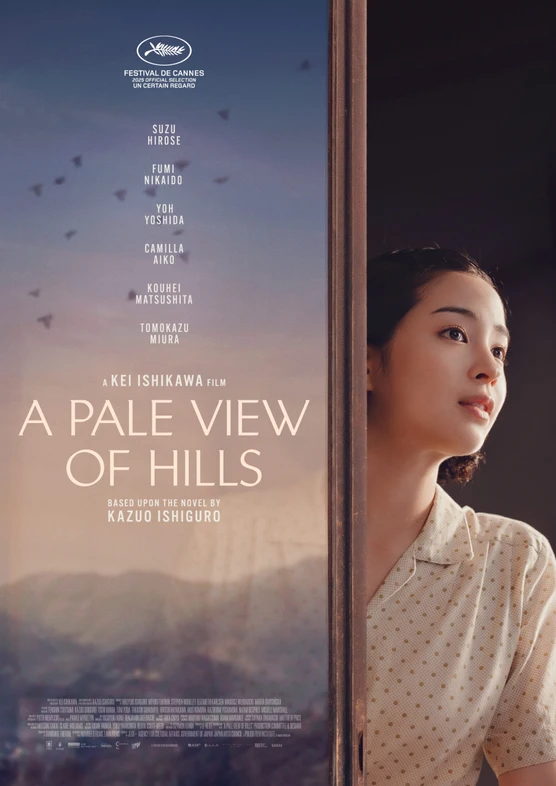

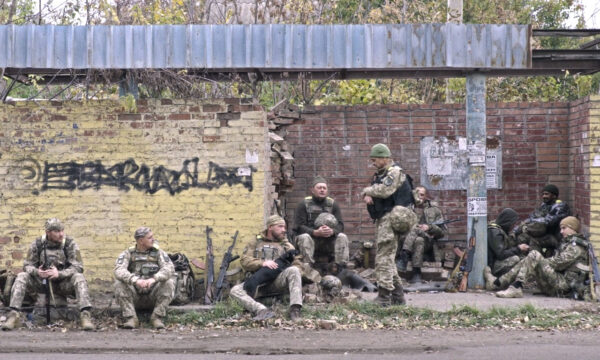

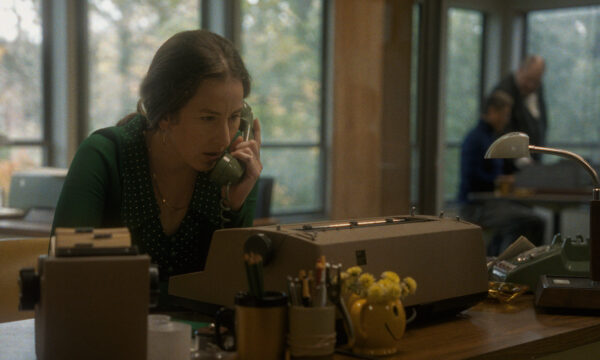



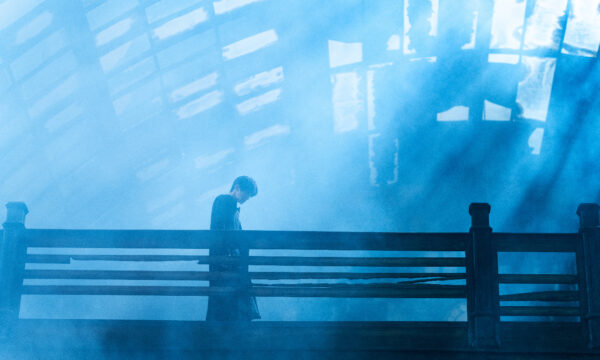
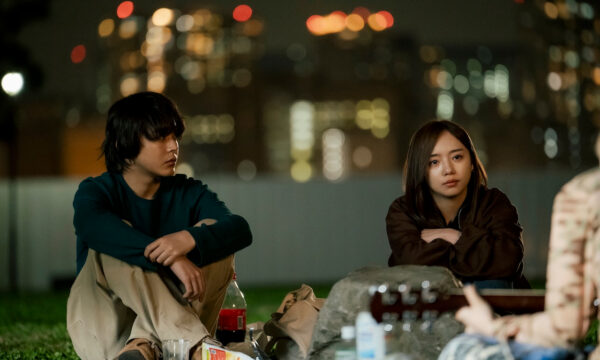















Facebook
Twitter
Instagram
YouTube
RSS